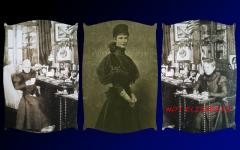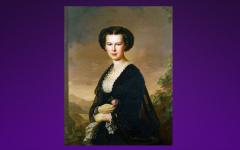THE GIFT OF THE RECONCILIATION - 150th Anniversary of the Austro-Hungarian Compromise of 1867
8 June 1867 - 8 June 2017
It must have been in 1867 when Elisabeth let her husband come into her bedroom for the last time. The Empress decided to give birth to another child if the Emperor was willing to make a compromise with the Hungarians. Her decision was a deliberate personal choice and a political negotiation as well: by returning to the marriage and making her husband - who adored her and tried to fulfill almost every desire of “his beloved Sisi”- satisfied, she ensured that Hungary, which she felt an intense emotional alliance with, would gain an equal footing with Austria.
It is obvious that Elisabeth felt attracted by the Hungarians. At first, she started to learn the language (partly) to annoy her mother-in-law, who hated everything in connection with Hungary. However, it was not the only reason. Sisi had been interested in the life of the Hungarian revolutionists since she started learning about their history (in 1854). Then she started to choose Hungarian companions partly to make something against her mother-in-law’s will, and partly in order to be able to use a language in her private chat which was not understood by the imperial court. She chose Hungarian lady’s companions and maid of honours, who she could trust because they had no connections with the Viennese court. These ladies accompanied her not only to Vienna but also to her trips and travels as well. Ida Ferenczy, the Hungarian noble lady was her confidant and best friend. The Hungarian Mary Festetics was also a beloved friend and a lady-in-waiting of her. Hungarian woman, another maid of honour, Irma Sztáray was next to her when she died. Countess Sztáray could hear the Queen’s last words, which were said not in her mother tongue but in Hungarian: "És most mi történt velem?" In English: "And now, what happened to me?"
Queen Elisabeth in the gown worn during the coronation ceremony at Matthias Church, Buda Castle (painted by Bertalan Székely)
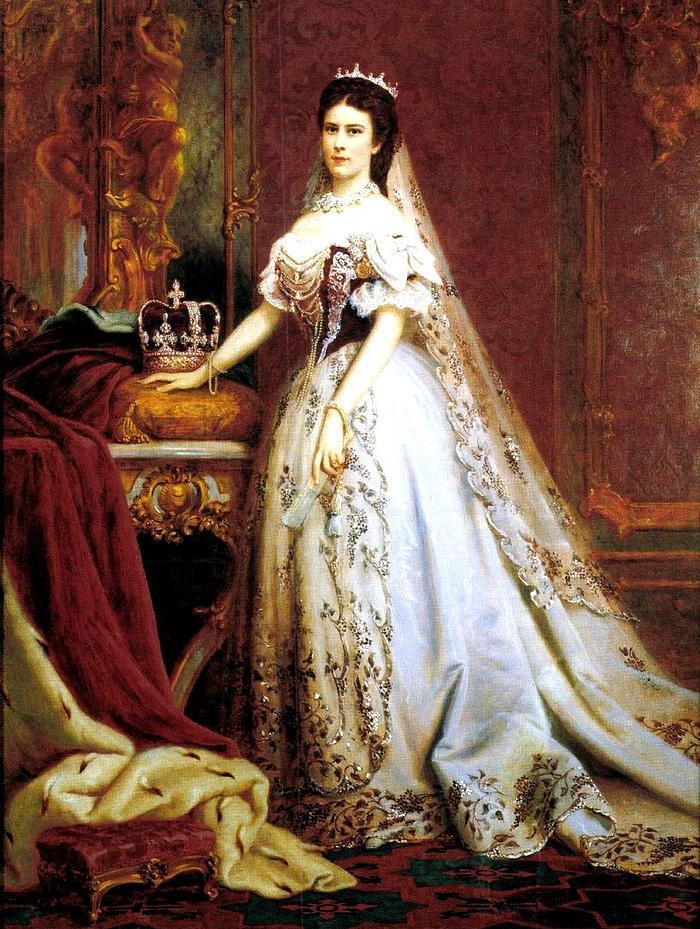
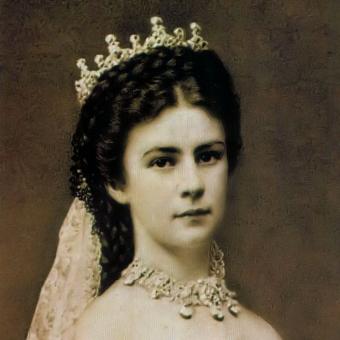
Above Queen Elisabeth in the Hungarian gown worn during the photo session on the occasion of the coronation a year before the ceremony (1866) - photos by Emil Rabending - for full image, please click to the photos.
But now, let us be back to the end of January 1866 when the Empress and the Emperor travelled to Hungary, where they spent more than five weeks. During their visit, Elisabeth had several opportunities to meet the handsome former rebellious revolutionist, Count Gyula Andrássy, to whom she said the following in Hungarian: "I will tell you this confidentially therefore I will tell you something I would not tell everybody. If the Emperor’s things go badly in Italy, it hurts me. However, if they go bad in Hungary, it kills me.” The sentences above are also told by Romy Schneider in the film Sissi (1956). The Austro-Hungarian Compromise of 1867 created the double monarchy of Austria–Hungary. Count Gyula Andrássy became the first Hungarian prime minister (in February 1867), and Franz Joseph and Elisabeth were officially crowned King and Queen of Hungary on 8 June 1867. Their daughter, Marie Valerie, was born in Buda on 22 April 1868, ten months after the Compromise as a "gift of the reconciliation" between Elisabeth and the Emperor, and between the Austrians and the Hungarians.
Eduard von Engerth: Coronation in Matthias Church, Buda
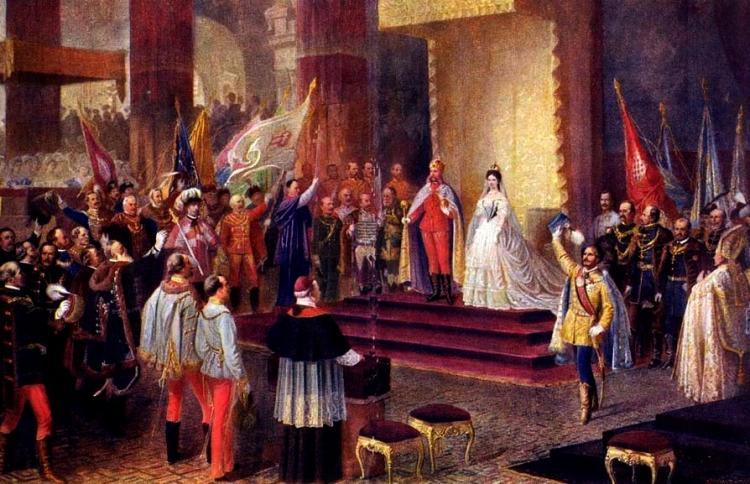
On the occasion of the coronation, the Hungarian state bought the formal Grassalkovich Palace (of Gödöllő) for the royal family. The Hungarians got to know that Elisabeth had been interested in the estate and asked her husband to buy that for her. However, the Emperor refused to do so (although he was extremely economical, he usually financed all the things his wife wanted) due to financial reasons - referred to the recent Austro-Prussian War: "You can visit the wounded soldiers in Gödöllő if you wish, but do not look at it as if we wanted to purchase it, because I do not have any money now. In these hard times we must economise. The Prussians have caused terrible damage to our family estates, too. It will take years to recover. (...) Almost half of the horses must be sold and we will be forced to live very modestly", he wrote to his wife in August of 1866.
The Royal Palace of Gödöllő (to visit its official website, please click on the photo below). To read more about it, please visit: THE LAND OF QUEEN ELISABETH
Marie Valerie, the Hungarian Princess - Why was an Austrian Archduchess forced to talk in Hungarian and use this language as a mother tongue?
Born by a Bavarian mother and an Austrian father Marie Valerie was brought up as a Hungarian princess. Although her mother tongue was German, Valerie’s first language was Hungarian and it was the language that she used to talk with Elisabeth and Franz Joseph.
As mentioned above, Marie Valerie, Sisi’s fourth child was born in Hungary in 1868. She was deliberately called the “Hungarian Princess” by Queen Elisabeth. The Viennese also called Valerie like this but they did it ironically. The girl, of course, in accordance with Elisabeth’s instruction, was allowed to speak to her parents only in Hungarian and she could learn to speak her mother tongue, German, only later. Elisabeth had hoped for giving birth to a son and being able to give a king to the Hungarians that was (also) why she decided to have her labour in Hungary. However, to the greatest relief of the Viennese, Elisabeth gave birth to a girl, who she and Franz Joseph named Marie Valerie. Not only in Gödöllő but also in the Viennese Imperial Court in Austria, the little princess was taught in Hungarian. She received Hungarian education from the Hungarian Countess Korniss and Bishop Hyacinth Ronay, the latter one was asked to pray with her in Hungarian. Due to all these facts, the girl was called both by the Viennese and our people the “Hungarian Princess”. (To read more about Valerie, please click here.)
Barbara Káli-Rozmis, researcher of Empress Elisabeth of Austria and Queen of Hungary
All of my articles on this website are protected by copyrights. I kindly ask you not to use them without my permission. My official: website
Elisabeth on Facebook: Empress Elisabeth
Royal Couple with their children (Crown Prince Rudolf, Princess Marie Valerie - on Elisabeth's lap, Princess Gisele) in the park of the Royal Palace of Gödöllő © Schloß Schönbrunn Kultur- und Betriebsges.m.b.H. - Exhibition (below)
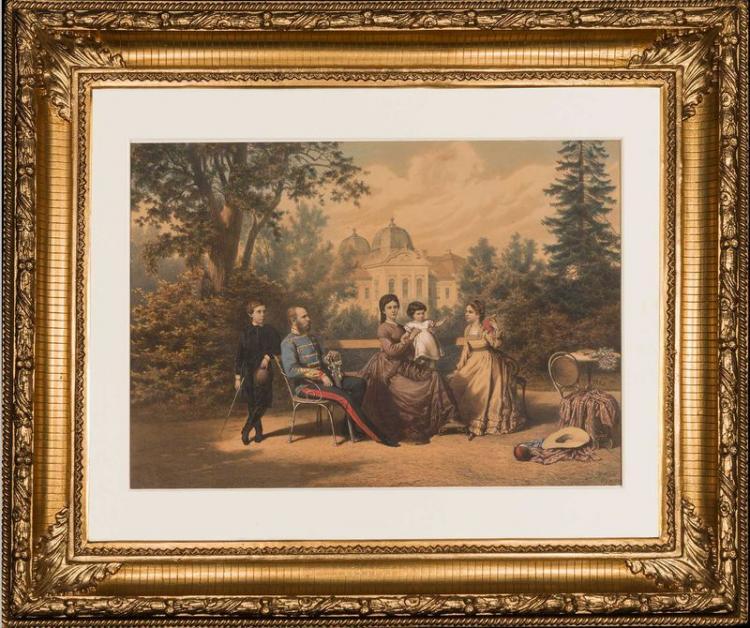
A VIENNESE EXHIBITION: Erzsébet - Sisi and the Hungarians: 23 June 2017 – 7 January 2018
Focal theme in the Audience Waiting Room of the Imperial Apartments
This year is the 150th anniversary of the foundation of the Austro-Hungarian Dual Monarchy and the coronation of Franz Joseph and Elisabeth in Budapest. To mark the occasion, the imperial couple’s ties with Hungary will be explored in a small exhibition in the Audience Waiting Room of the Imperial Apartments in the Vienna Hofburg starting on 23 June 2017.
After coming to power in 1848, Franz Joseph (following her mother’s advice) had the revolution in Hungary brutally suppressed. The young emperor ruled in a neo-absolutist and authoritarian fashion, but in many regions of his multi-national empire the desire for autonomy was growing. His wife Elisabeth had great sympathy for the Magyars (Hungarians) and lent her support to endeavours to reintroduce the old constitution.
Her emotional speeches given in Hungarian and her contacts with liberal Hungarian politicians eventually led to the coronation of Franz Joseph and Elisabeth as king and queen of Hungary in June 1867. Her love of Hungary, her frequent stays at Gödöllő and the great veneration in which she was held by the Hungarian people will form the focus of this small exhibition.
Kuratorin Sisi Museum Mag. Olivia Lichtscheidl © Schloß Schönbrunn Kultur- und Betriebsges.m.b.H. /Dieter Nagl
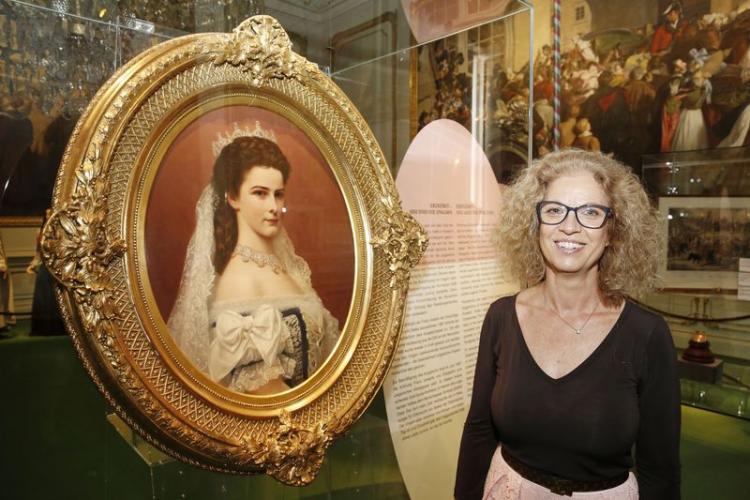
Price of admission including the Silver Collection, Sisi Museum and Imperial Apartments: € 13.90 / € 12.90 / € 8.20
Opening hours: September to June 9.00 am to 5.30 pm July and August 9.00 am to 6.00 pm
The ticket office closes at 4.30 pm (5.00 pm in July and August), the visit of the Silver Collection is possible until 5.00 pm (5.30 pm in July and August).
T: +43 1 533 75 70 info@hofburg-wien.at www.hofburg-wien.at
Reproduction of the Hungarian Crown by Attila Presits, Sándor Vida, 2000
© Schloß Schönbrunn Kultur- und Betriebsges.m.b.H. /Dieter Nagl
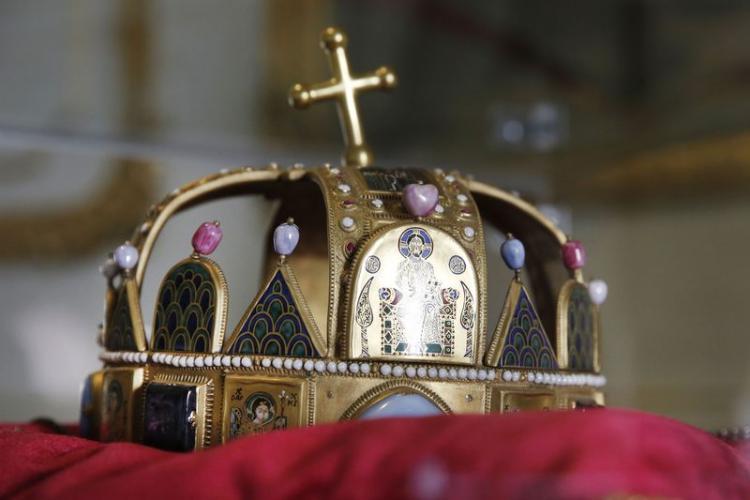
Visit Empress Elisabeth on Facebook.
MAGYARUL:
150 ÉVVEL EZELŐTT VOLT A KIEGYEZÉS ÉS A KORONÁZÁS - 1867 - MILYEN SZEREPE VOLT ERZSÉBETNEK?
IDŐSZAKI KIÁLLÍTÁS BÉCSBEN: ERZSÉBET ÉS A MAGYAROK
INDEX:Hamann, Brigitte. Empress ElisabethCount Corti Egon. Elisabeth. Révai Kadás, Budapest, 1935For more information about the Compromise, please visit: Austro-Hungarian Compromise of 1867


